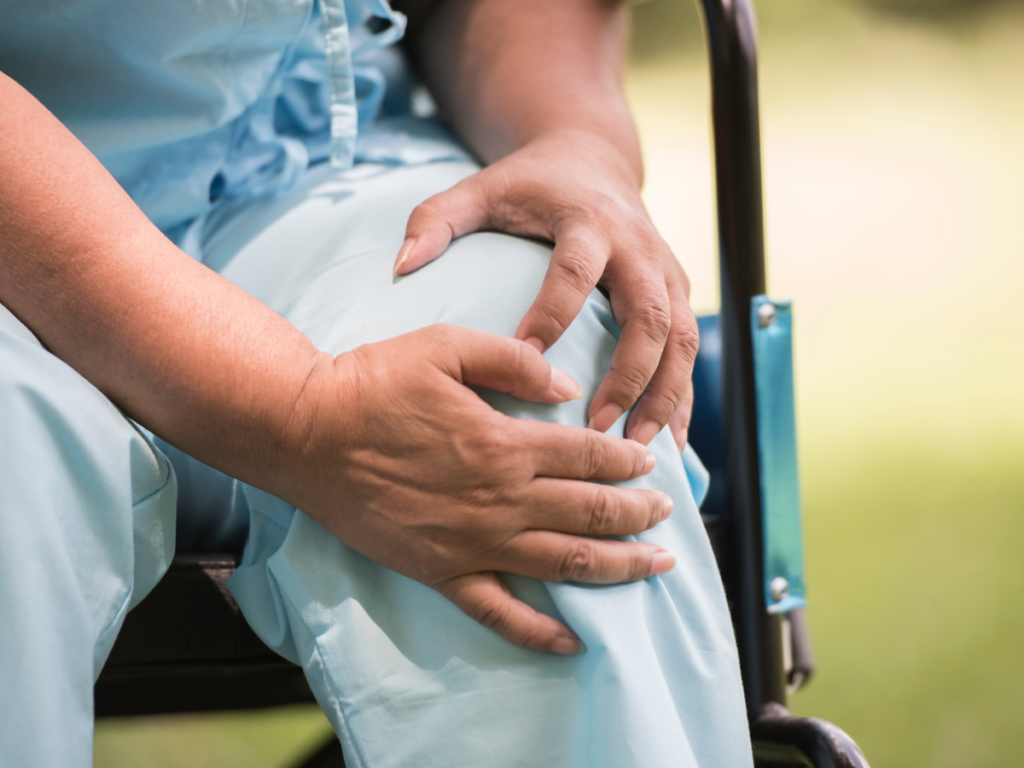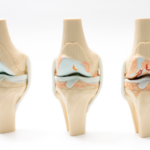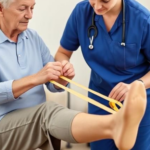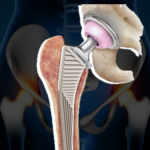
Undergoing anterior cruciate ligament (ACL) reconstruction surgery is a significant step toward healing and restoring stability to the knee joint. However, post-operative pain and discomfort are common concerns that many individuals face during their recovery process. Effectively managing pain after ACL reconstruction is crucial for successful rehabilitation. This comprehensive guide aims to provide insights, tips, and strategies to help navigate and alleviate discomfort during the recovery period.
The ACL is a crucial ligament in the knee that helps stabilize the joint during movement. Injuries to the ACL often occur during sports activities or due to sudden twisting motions, leading to instability and pain. ACL reconstruction surgery involves replacing the torn ligament with a graft, usually taken from the patient’s hamstring, patellar tendon, or a donor graft.
Postoperative Pain and Discomfort
Following ACL reconstruction surgery, experiencing pain, swelling, and discomfort is expected. The severity of pain varies among individuals, but it is essential to manage it effectively to facilitate the healing process and regain mobility.
Pain Management Strategies
- Medication:
- Prescribed Pain Relievers: Your surgeon will prescribe pain medications to manage postoperative discomfort. Follow the prescribed dosage and schedule strictly.
- Over-the-counter Medications: Nonsteroidal anti-inflammatory drugs (NSAIDs) like ibuprofen can help reduce pain and inflammation, but consult your doctor before using them.
- RICE Therapy:
- Rest: Adequate rest is crucial to allow the knee to heal. Avoid strenuous activities and follow your doctor’s recommendations regarding movement and weight-bearing.
- Ice: Applying ice packs to the knee helps reduce swelling and alleviate pain. Use ice packs for 15-20 minutes several times a day.
- Compression: Use elastic bandages or compression sleeves to reduce swelling and provide support to the knee.
- Elevation: Elevating the affected leg above heart level while resting helps minimize swelling and discomfort.
- Physical Therapy:
- Early Mobilization: Engage in gentle exercises prescribed by a physical therapist to prevent stiffness and improve range of motion.
- Strength Training: Gradual strengthening exercises help rebuild muscles around the knee joint, enhancing stability and reducing pain.
- Proprioceptive Training: Balance and proprioception exercises aid in improving joint awareness, reducing the risk of re-injury.
- 4.Proper Wound Care:
Keep the Incision Clean: Follow your surgeon’s instructions for wound care to prevent infections and promote healing.
Monitor for Signs of Infection: Redness, increased pain, warmth, or discharge from the incision site may indicate an infection. Contact your doctor immediately if you notice these symptoms.
Alternative Therapies
- Acupuncture:
- Some individuals find relief from postoperative pain through acupuncture sessions. Consult with your healthcare provider before trying alternative therapies.
- Transcutaneous Electrical Nerve Stimulation (TENS):
TENS therapy involves using a device that delivers mild electrical impulses to reduce pain. It can be beneficial in managing postoperative discomfort.
Psychological Support
The recovery phase after ACL reconstruction can be challenging both physically and emotionally. Seek support from friends, family, or a mental health professional if you experience anxiety, depression, or mood changes during the healing process.
Precautions and Red Flags
While managing pain after ACL surgery, it’s crucial to be aware of potential complications or signs indicating the need for medical attention:
- Increased Pain: If the pain worsens over time instead of improving.
- Excessive Swelling or Redness: Beyond the normal range or accompanied by fever.
- Numbness or Tingling: Persistent numbness or tingling in the leg or foot.
- Difficulty Breathing or Chest Pain: Seek immediate medical attention if experiencing these symptoms.
Summary:
ACL reconstruction surgery requires patience, dedication, and a comprehensive approach to pain management for a successful recovery. By following prescribed medications, adopting appropriate therapies, maintaining proper wound care, and seeking support when needed, individuals can effectively manage pain and discomfort, allowing them to regain strength and mobility in their knee joints.
Remember, every individual’s recovery journey is unique. Consult your healthcare provider for personalized guidance and support throughout your rehabilitation process.
Dr. Saurabh Giri, a renowned orthopedic surgeon, emphasizes the importance of personalized care and a comprehensive pain management strategy tailored to each patient’s needs. His expertise and guidance empower patients to navigate their recovery journey confidently.
Remember, while this guide offers insights and recommendations, it’s crucial to consult Dr. Saurabh Giri or your healthcare provider for personalized advice and support throughout your rehabilitation process. Your healthcare team will provide tailored recommendations based on your specific condition and needs, ensuring a smoother recovery and return to an active lifestyle.
The journey to recovery after ACL reconstruction surgery requires patience, dedication, and adherence to medical advice. By taking proactive steps and seeking appropriate care, individuals can optimize their healing, regain strength, and ultimately restore functionality to their knee joint.




